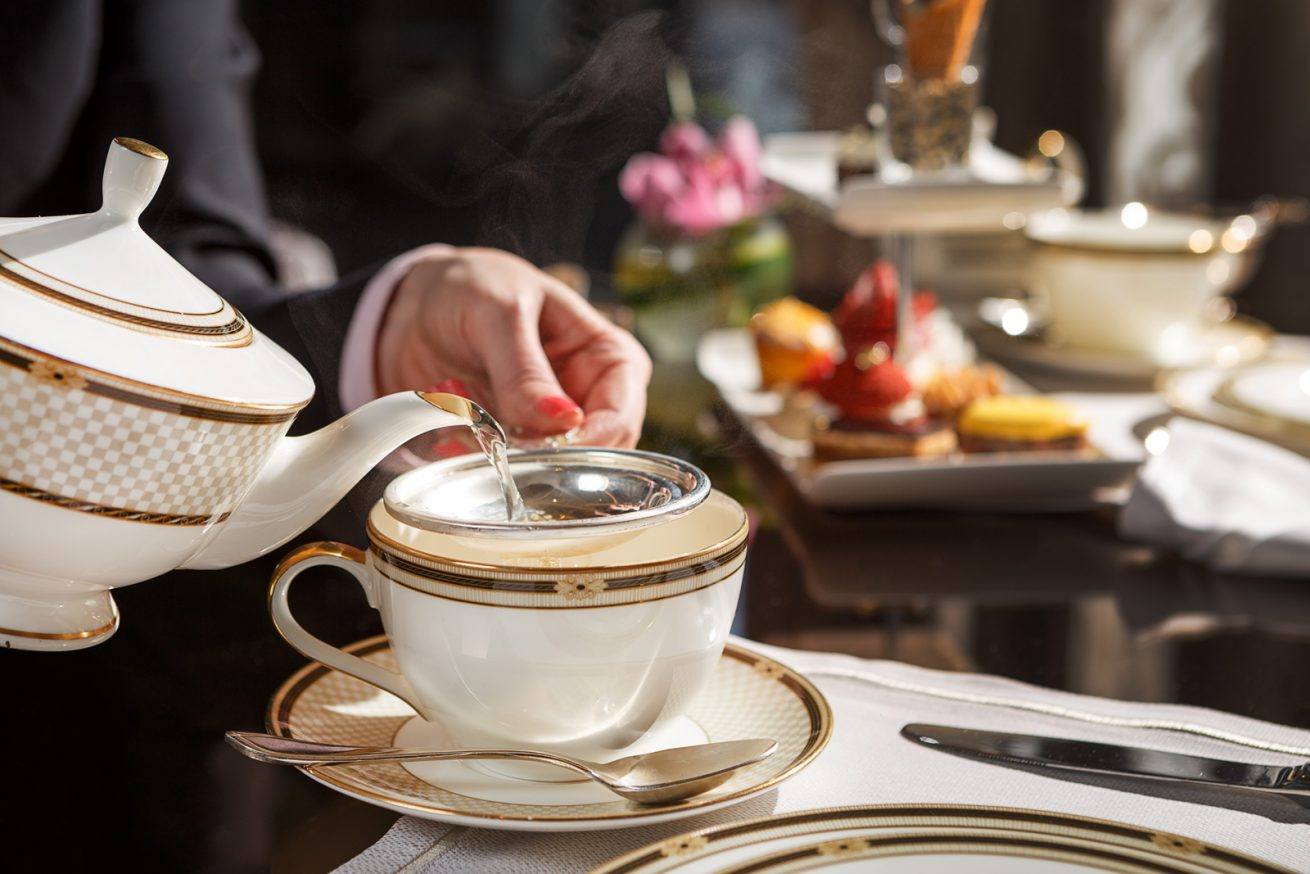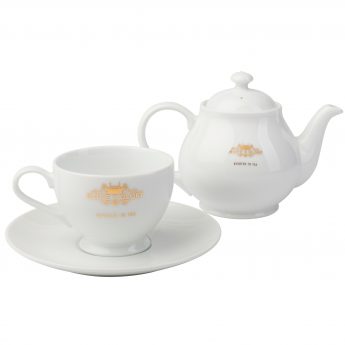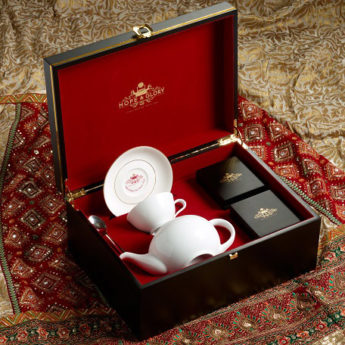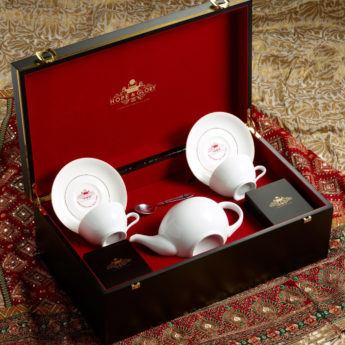Afternoon Tea – A very British tradition


As occasions go afternoon tea is perhaps one of our favourites. Whether traditional or more modern, taken inside or outside of the home, nothing screams luxury quite like it.
From the starched white linens to the gleaming silverware; from the delicate finger sandwiches to the thick dollops of clotted cream sat atop (or underneath, who are we to judge!) sweet, fruity jam, afternoon tea is about indulgence, socialising and the finer things in life.

We have Anna, the 7th Duchess of Bedford to thank for this most British of traditions. It was customary at the time to have two main meals per day; breakfast in the morning and dinner at around 8pm. Anna is said to have complained of ‘having that sinking feeling’ in the late afternoon, so would ask for a pot of tea, some bread and butter and cake be brought to her rooms. She began inviting friends to join her and the events proved so popular that is was not long before the practice was respectable enough to be moved into the drawing room and all of fashionable society were drinking tea and eating sandwiches in the afternoon.
Until Queen Victoria embraced the afternoon tea, it had remained very much a private affair for upper-class ladies – Victoria’s ‘tea receptions’ were huge affairs that could have as many as 200 guests each of whom received an open invitation to attend between 4pm and 7pm during which they could come and go as they pleased.
After the industrial revolution a new form of ‘afternoon tea’ was embraced by the masses; with more and more people being employed in factories rather than in the fields and more children going to school, hot midday meals became inconvenient to prepare and serve at home and it became customary to eat a ‘high tea’ in the late afternoon at the end of the working day. Unlike afternoon tea, high tea consisted of strong tea and hot food. It has been suggested that ‘high tea’ got its name because it was eaten at a table whereas Afternoon tea was taken in low comfortable chairs or sofas.
Afternoon Teas Dos and Don’ts (for those seeking to be genteel)
- DO try a little of each food served at the tea (both sweets and savouries).
- DO spread a scone with cream first, then jam.
- DO avoid talking with your mouth full or taking large bites.
- DO wait until you have swallowed your food before you take a sip of tea. The rule is one or the other, please!
- DO look into—not over—your teacup when sipping. It’s polite!
- DO place your napkin on the chair if you must leave the table during the event. (If you must leave for some reason, simply say “Excuse me.”)
- DON’T place items that are not part of the tea service, such as keys, sunglasses, or phones, on the table.
- DON’T use milk and lemon together in tea. The citric acid of the lemon will cause the milk to curdle.
- DON’T place lemon in the teacup before adding tea. The tea is always poured first.
- DON’T fill your cup to the brim with tea, in order to avoid messy spills.
- DON’T tip your teacup too much when drinking—keep it slightly tipped.
- DON’T leave your spoon in the cup. Place it on your saucer instead.
- DON’T remove food from your teeth while in the presence of others.
- DON’T move your plate more than 1 inch from the edge of the table, and don’t push your plate away from the edge of the table when you’re done eating.
- DON’T talk about personal food likes or dislikes during the tea. Tea offers a nice selection of treats to avoid this problem.
- DON’T place your napkin on the table until you are ready to leave the table.
Source http://www.huffingtonpost.com/lisa-mirza-grotts/the-history-and-etiquette_b_3751053.html



